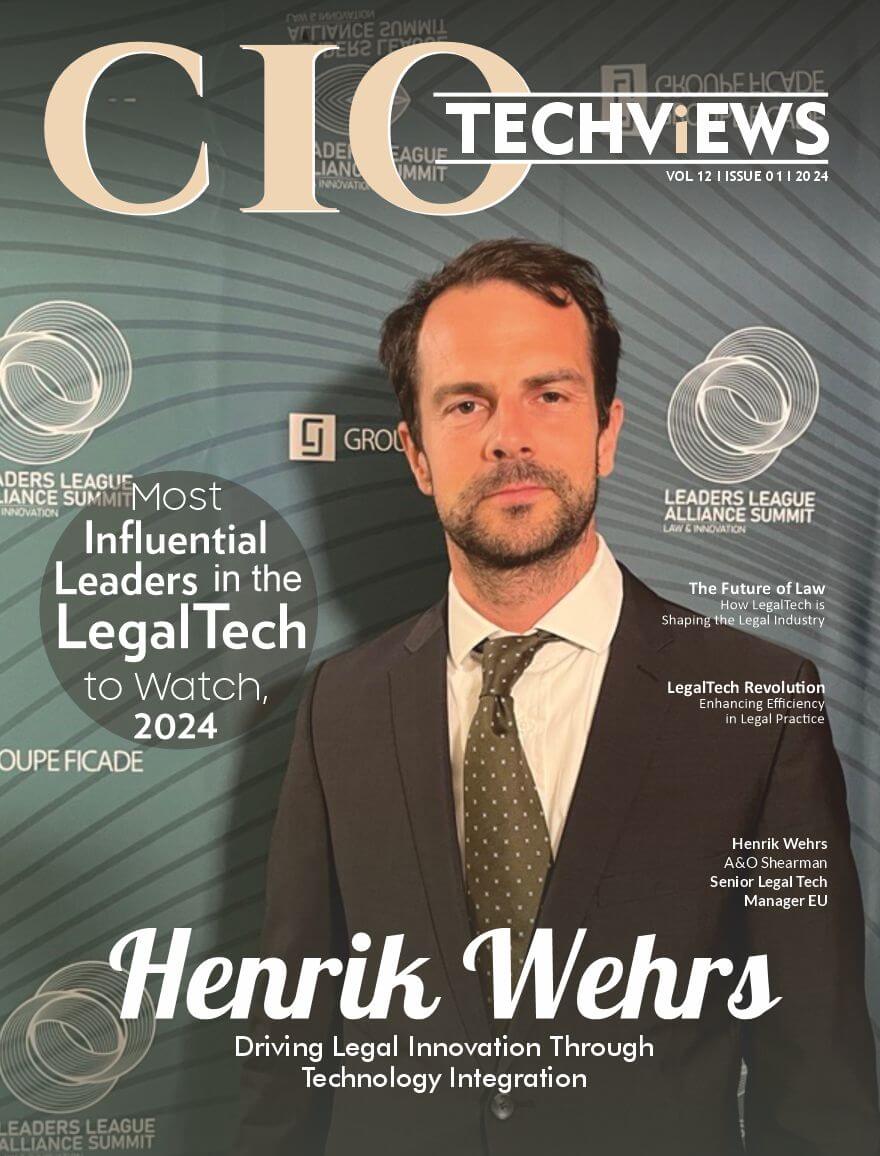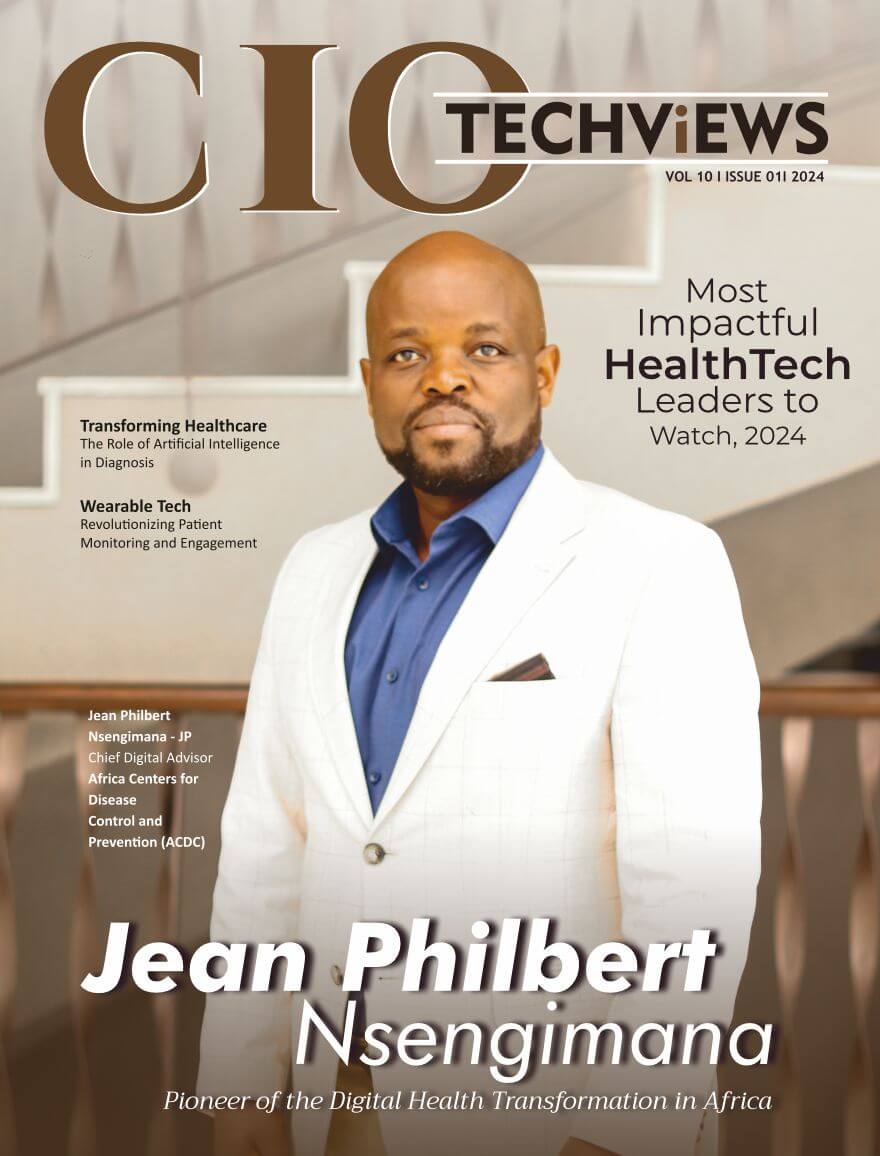In today’s highly competitive and technology-driven industrial landscape, manufacturers are under increasing pressure to enhance efficiency, responsiveness, and innovation. Traditional manufacturing models, though effective in their time, often lack the agility and data-driven capabilities necessary to compete in the modern market. Transitioning from conventional processes to smart, adaptive operations requires a well-structured implementation strategy that aligns with both business objectives and technological capabilities. This article highlights the critical steps involved in making that transition, from initial assessment to long-term scalability, to help organizations harness the full potential of Smart Manufacturing.
Assessing Current Capabilities and Setting Objectives
The first practical step toward implementation is conducting a comprehensive assessment of your current manufacturing processes. This includes evaluating existing equipment, workforce skills, data infrastructure, and software systems. The goal is to identify gaps between your current state and the ideal smart manufacturing environment.
This assessment should be followed by the formulation of clear, measurable objectives. Whether the priority is increasing production efficiency, reducing downtime, improving quality control, or enabling mass customization, having defined goals allows for more strategic selection of technologies and methods. It is equally important to align these objectives with overall business strategy. Smart Manufacturing should not be pursued in isolation but rather as a component of long-term growth, innovation, and competitiveness.
Building a Robust Digital Infrastructure
Smart Manufacturing is deeply reliant on digital infrastructure. This means businesses must invest in high-quality networking capabilities, cloud storage, cybersecurity systems, and data integration platforms. Connectivity is a cornerstone of smart factories, and a reliable digital backbone ensures that machines, sensors, and systems communicate seamlessly.
In many cases, this requires retrofitting legacy machines with IoT sensors or replacing outdated hardware with smart-enabled alternatives. Additionally, data must be collected, stored, and processed efficiently to support advanced analytics and machine learning applications. Cybersecurity must be treated as a foundational element of the digital infrastructure. With increased connectivity comes greater vulnerability to cyber threats. Ensuring robust protection for data and control systems is non-negotiable in a smart manufacturing setting.
Integrating Advanced Technologies Strategically
Once a robust digital infrastructure is established, organizations can move forward with integrating advanced technologies aligned with their specific operational goals. These may include IoT sensors to enable real-time tracking of equipment performance and environmental variables, AI and machine learning to anticipate demand, identify irregularities, and streamline production planning, and robotic process automation (RPA) to handle repetitive or precision-focused tasks. Digital twins are also increasingly adopted, allowing manufacturers to simulate and fine-tune processes in a virtual environment before applying changes on the factory floor.
It is essential, however, to implement these technologies gradually and with clear intent. Starting with pilot programs or proof-of-concept initiatives allows businesses to assess functionality, measure impact, and adjust as needed before committing to broader deployment. This phased approach not only minimizes disruption but also encourages internal support and reveals potential challenges early, contributing to a more sustainable and effective transformation.
Empowering the Workforce Through Training and Culture
Smart Manufacturing is not just a technological transformation; it is also a cultural one. The shift requires new ways of thinking, new skills, and often new roles within the organization. As such, workforce development must be a central part of any implementation strategy. Employees at all levels should be involved and educated about the goals and benefits of Smart Manufacturing. This includes offering training in data analysis, digital tools, equipment operation, and cybersecurity awareness.
Upskilling and reskilling programs not only support implementation but also increase employee engagement and retention. Equally important is fostering a culture of innovation and collaboration. Encourage teams to experiment, learn from mistakes, and continuously seek improvement. A forward-thinking organizational culture greatly enhances the adaptability and success of smart initiatives.
Ensuring Interoperability and Scalability
One of the major challenges in Smart Manufacturing is the integration of various systems and devices from different vendors. To avoid fragmentation and inefficiencies, businesses must prioritize interoperability—the ability of different technologies to communicate and work together effectively. This often requires investing in open architecture systems and adopting industry standards such as OPC UA (Open Platform Communications Unified Architecture).
When systems are interoperable, businesses gain more flexibility to scale their solutions across different locations, production lines, or product categories. Scalability should also be considered from the outset. Successful Smart Manufacturing is not a one-time upgrade but a continuous evolution. The systems implemented today should be capable of growing with your business and adapting to future needs and innovations.
Conclusion
The journey from traditional manufacturing to a smart, intelligent operation is both transformative and essential for long-term competitiveness. By thoroughly assessing current capabilities, building a resilient digital infrastructure, and strategically integrating cutting-edge technologies, businesses can lay a solid foundation for success. Smart Manufacturing is not a one-time project but a continuous evolution—one that requires commitment, agility, and a forward-looking mindset. Organizations that embrace this transformation will be better positioned to respond to market demands, optimize operations, and drive meaningful innovation in the years to come.
















